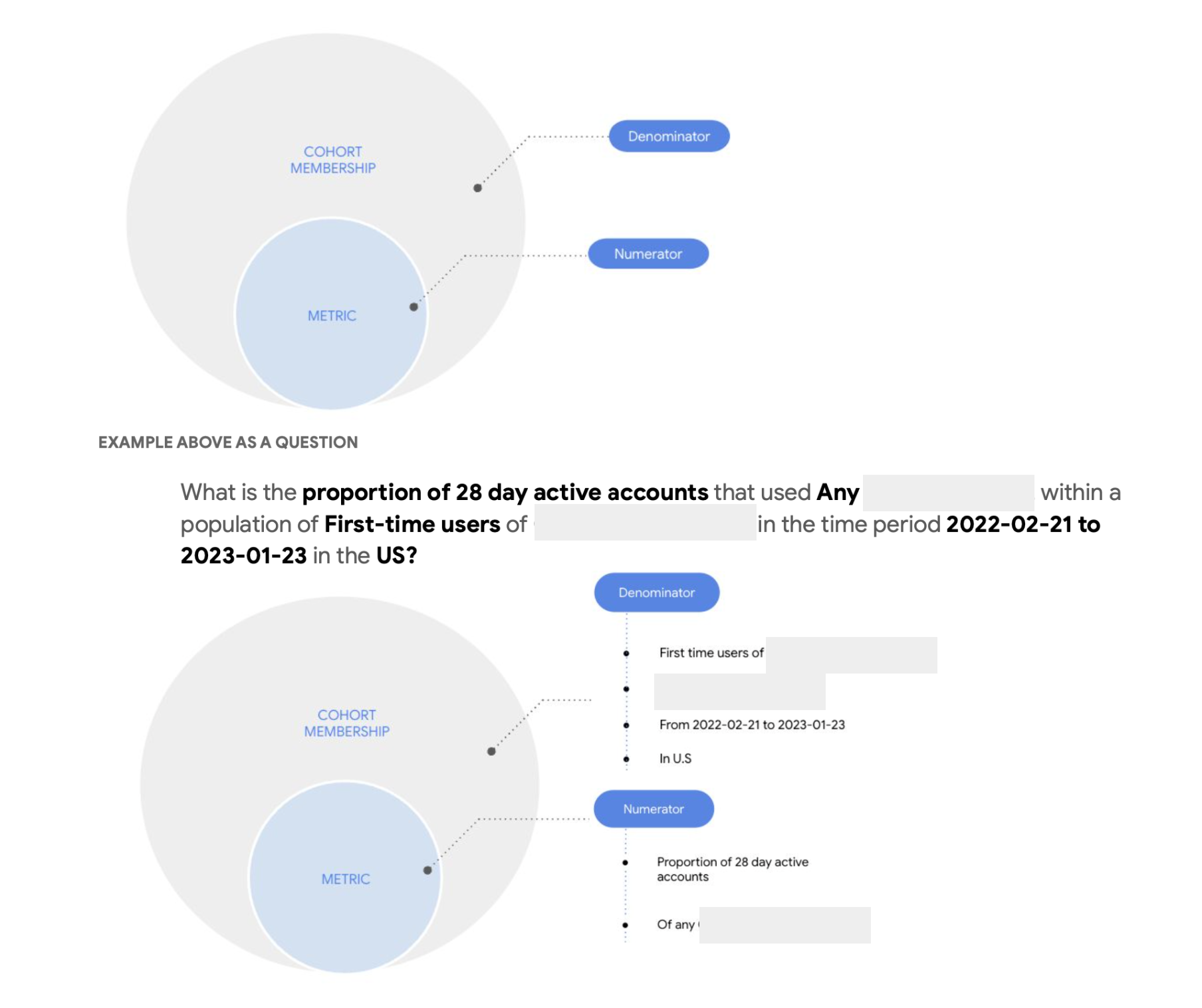Developing a 'No Code' Cohort Analysis tool

While the MVP version of the No code, GUI based Cohort Analysis tool shows potential, improvements in usability, data flexibility, and interpretability are needed to meet users' expectations fully.
Why:
The data analytics team at Google hypothesized that the Cohort Analysis tool could be a valuable exploratory tool for non data-savvy employees. They believed its speed and aesthetic design would allow users to generate and discard hypotheses quickly, saving significant time for analysts, who often get approached to generate these types of explorations. The research aimed to understand how widely the tool would be utilized among the non data savvy population, uncover any usability challenges in the MVP version, and explore opportunities to improve its adoption.
How :
Interviews were conducted with a mix of data-savvy and less-data savvy users to explore how cohort analysis was integrated into decision-making processes. The study was broken down into three parts:
- Part 1 focused on learning when and where cohort analysis was used.
- Part 2 involved digging deeper into user intent and common questions through case studies.
- Part 3 involved testing the MVP version of the tool to identify areas for improvement and future enhancements with mix of data-savvy and less-data savvy users as participants.
Impact :
The MVP version gathered feedback from 20 participants, who generally responded positively to its speed and visualizations. However, several users highlighted limitations in the tool's flexibility and usability. As a result, the next iteration introduced enhancements like drill-down capabilities, simplified data filtering, and the ability to work with large datasets. After launching to an initial group, the tool achieved a 75% adoption rate. Post-launch feedback collected after 30 days showed that users, especially those less data-savvy, found the tool highly beneficial in validating or debunking market hypotheses independently, without relying on analysts.
